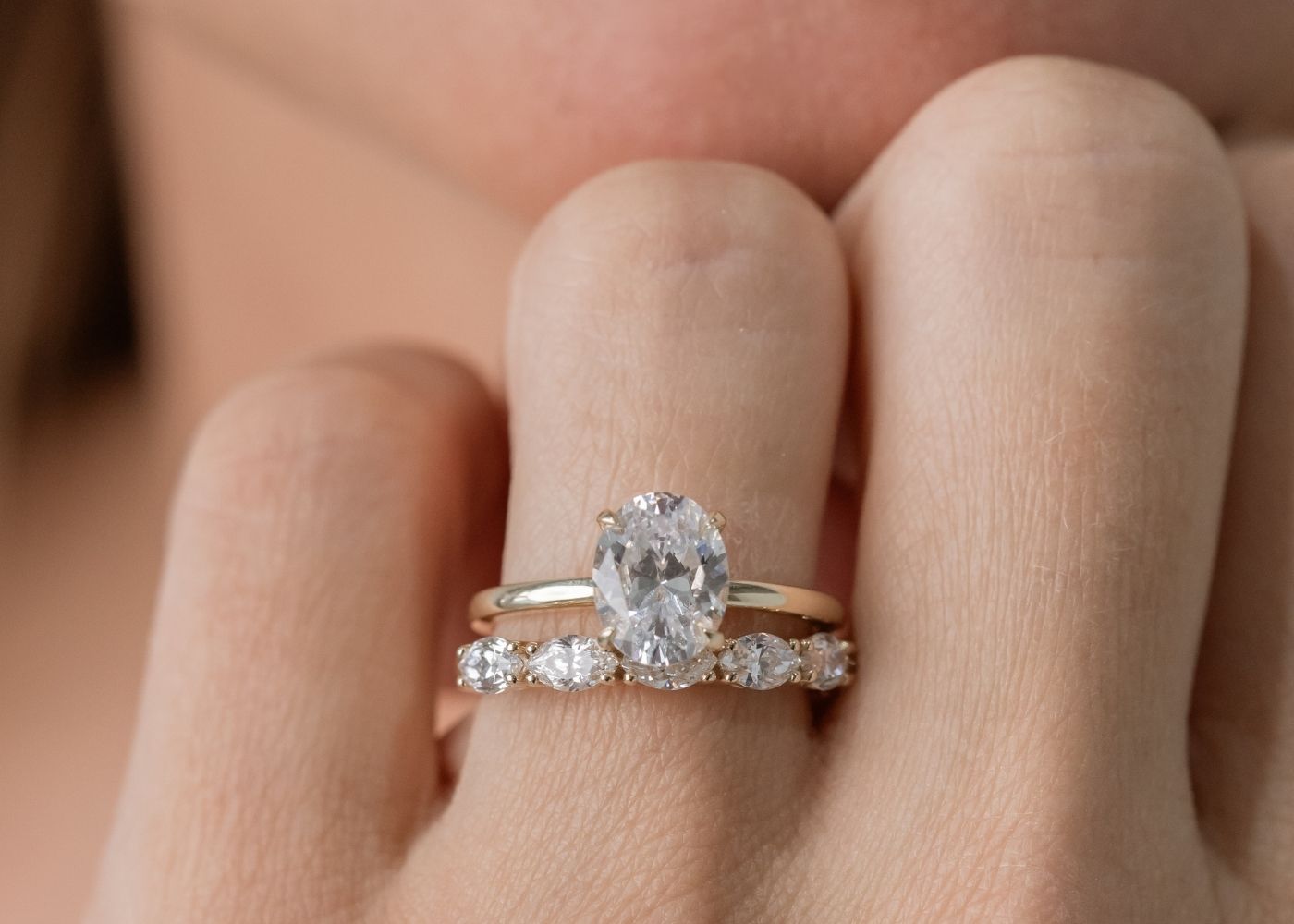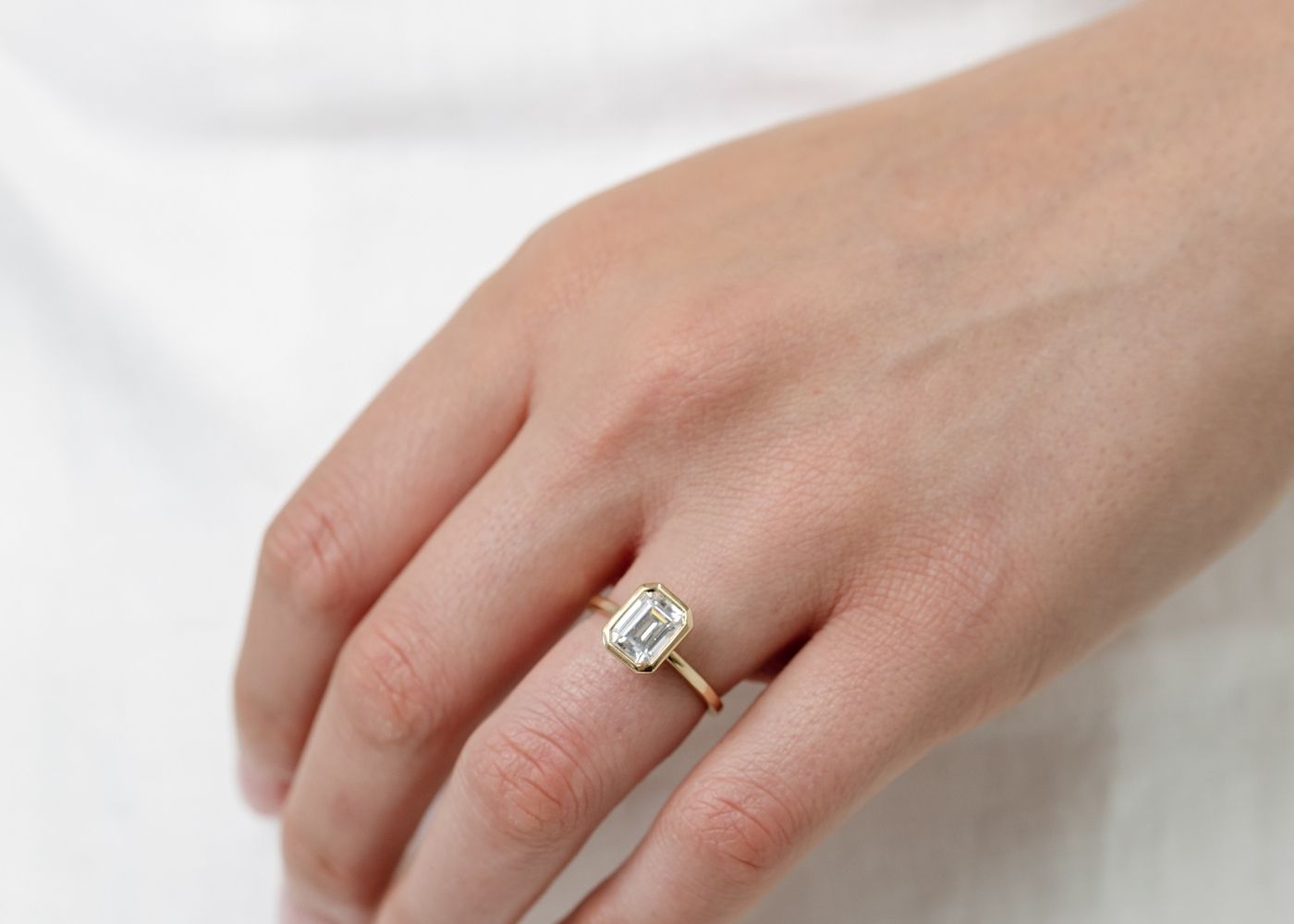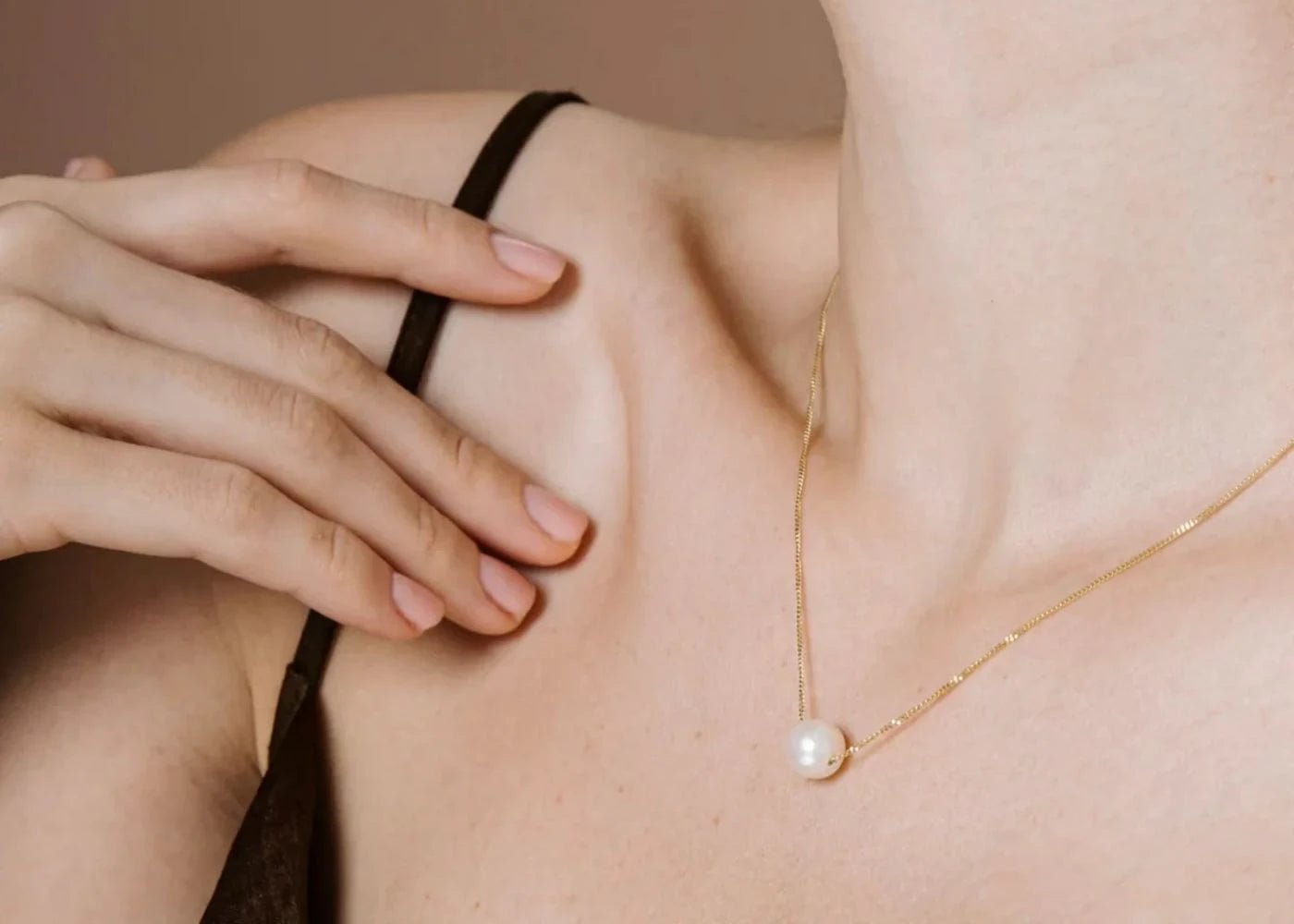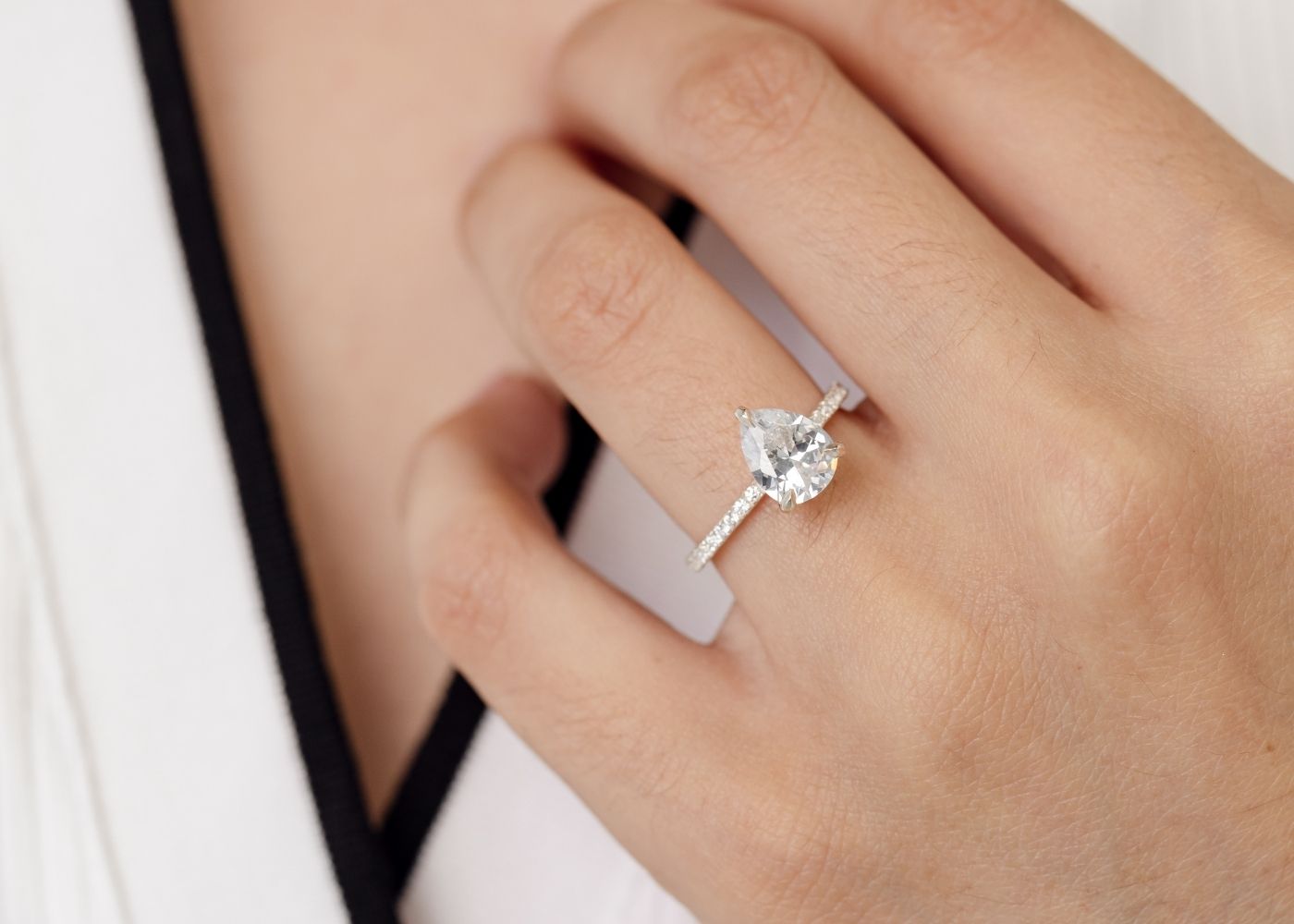Tie pin
History of Tie Pins
- Tie pins were popularized in the 19th century.
- Cravats were made of silk, satin, lace, and other fabrics.
- Stickpins were used to secure expensive fabrics.
- They were made with pearls and precious gemstones.
- Designs were personalized for their owners.
Tie Pins in the 19th Century
- English upper middle classes wore cravats with lower quality materials.
- Mass-produced stickpin designs included animal heads and other motifs.
- Stickpins became popular for women's sporting outfits.
- Various neckwear styles could be adorned with stickpins.
- Both men and women wore stickpins.
Tie Pins in the 20th Century
- Safety pins were commonly used as tie and collar pins.
- They were used to fasten ties to shirts.
- Alternative methods to control ties were available.
- Tie clips gained prominence and replaced traditional tie pins.
- Delicate silk ties became fashionable.
Patents for Tie Pins
- Many patents were issued between 1894 and 1930.
- Patents covered prong setting, ornament attachment, and more.
- One patent allowed a brooch to convert into a stickpin.
- Another patent included a concealed pencil point.
- A luminous stickpin with radioactive material was patented.
References for Tie Pins
- Julie Robinson wrote about stickpins as tiny works of art.
- The article was published in Antique Week.
- The reference is archived and available online.
- The original publication date is February 14, 2010.
- The article can be retrieved from the archive.
Tie pin Data Sources
| Reference | URL |
|---|---|
| Glossary | https://harryandcojewellery.com.au/blogs/glossary/tie-pin |
| Wikipedia | http://en.wikipedia.org/wiki/Tie_pin |
| Wikidata | https://www.wikidata.org/wiki/Q6581348 |
| Knowledge Graph | https://www.google.com/search?kgmid=/m/0c01q70 |





